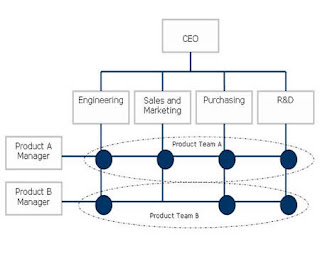As the leader of the outsourcing initiative, after signing the Master Service Agree (MSA) you just want to “get to work”. It makes perfect sense – to you. However, consider for a moment what “get to work” means for your outsourcing partner. Even if your partner is co-located geographically, the corporate culture, leadership model, decision-making processes and basic organizational structure are all likely to be very different. These differences are even more pronounced when the partner is offshore.
Realizing how that one phrase, “get to work” could be interpreted differently by both organizations, how do we get the newly formed unit to work together, ramp up quickly, enable knowledge transfer, ensure alignment of goals, encourage self-monitoring of milestones and ultimately hit the targets agreed upon in the MSA? I recommend two must-do’s: 1) research and 2) alignment.
First, do your research to understand your partner. Research on a Fortune 500 organization is relatively easy, companies are ranked based on many parameters including revenues, corporate governance, sustainability, equality, diversity and the like. Discover where your partner organization is headquartered. The Corruption Perceptions Index by Transparency International, an organization advocating for stricter implementation of the UN Convention against Corruption, is a good place to start for internationally headquartered organizations. Once you understand this larger picture, dive deeper by connecting with cross-industry colleagues to gain an insider’s perspective. Better yet, leverage the most-often missed pool of knowledge by canvasing your internal associates to understand your own enterprise-wide history with the partner.
Second, starting from this knowledge base, align with the partner on multiple levels: a) goals; b) structure; c) reporting relationships; and d) communication model to launch the initiative and see it through to completion.
a)
b) Structure -Striking the structural balance between partnered organizations is also a key to success. When developing project teams that are working toward a common goal, the integrated team structure is vital. Integrated structures can be best achieved with the extension team model— where the corporate team is paired as peers with the outsourced team. Led by one team leader, the members of the team are strategic collaborators on daily decisions, key portions of the plan are driven by team members from both organizations, and both tactical and strategic work is spread evenly amongst the team members. This structure leverages the diversified ideas and experiences of the membership represented on the team. In fact, diversified teams are proven to be more innovative, if managed well, and more productive overall, as Nancy J. Adler, of McGill University School of Business, reports in her insightful book International Dimensions of Organization Behavior
 c)
c) d)

I love seeing blog that understand the value of providing a quality resource for free. portable speaker system on wheels
ReplyDeleteI really love the way you’ve written this article. It sparks out a feeling of excitement. This article. It’s truly magnificent work. Keep it up!neutrik catalog
ReplyDeleteMaking cooking a little easier. It's hard, it takes time and who's got the time after a long day of work, looking after kids and being on your feet all day ? I bet you don't and neither do I.. making cheap and tasty modern day meal kits the new normal among all the changes going on in our world today. meal kits
ReplyDelete